On Craft: Writing Scenes
A Field of Daffodils
Writing Scenes for Fiction and Nonfiction
by Judy Bridges
(first published in Creative Wisconsin magazine)
You have a great idea, a morning to write, a cup of coffee, and a lock on the door. This is as good as it gets for a writer - until you realize that you don't know where to begin.
You aren't the only one to spend eternity staring at a blank screen. Whether you write fiction or nonfiction, short pieces or books, it takes special effort to get the beginning just right. You could begin with a quote, statistic, definition, birth date, dream, or description of the morning sun; but you know darn well these things have been done to death. You want something fresh, an opening that grabs readers by the back of the neck and makes them pay attention.
The good news is that there is a technique that nearly always works. You can begin with a scene - a vivid, active, slice of writing that springs from the story and glues your readers to the page.
Scenes exist in nonfiction as well as in short stories and novels. Picture a glass blower taking a breath, rolling the long pipe in her palms, screaming when she stumbles backward into the table full of finished pieces and they shatter to the floor. This scene could be the beginning of a work of fiction, or a profile of the artist, or a book about the industry. You will tinker with it to suit your style, but the point is, it brings the writing to life.
How do you write a good scene? The best approach I've found so far is to follow these steps, in order, patiently.
- Define your topic. Are you writing about your family? A murder mystery? An archeological dig? Write the topic in the middle of a whiteboard or piece of paper. Circle it to remind you that this is your target.
- Decide on a format. When finished, will this be a story? A personal essay? An article? A novel, collection, or book length nonfiction? Make a note of this in a corner of the paper. You don't need to do anything about it now; you just need to have it in mind.
- Think of your audience. Are you writing for your family or for broader publication? Make a note in the corner, next to the format.
- Brainstorm specific scenes. Think of events you might want to include in the piece. Your granddad proposes. Sherlock studies the clues. The archeologists dust their find. Make these scenes as specific as possible so you can visualize them. Make brief (1 or 2 word) notes about them on spokes around the topic circle.
- Pick one of the scenes. This is the key. One scene will "scratch" at you more than the others. Trust your reaction. Don't think too hard, just circle the "scratcher."
- Use your imagination to visualize the scene. Think in present tense. Where exactly is it taking place? What is happening right now? Who is doing, and saying, what to whom? Close your eyes and use your senses to make the scene more vivid. What do you see, hear, feel, taste, smell?
- Write the scene quickly. With your visual image in mind, write a fast "sloppy copy." Write in present tense - you can change it later if you want to. Pay no attention to spelling or grammar or choice of words. Just write.
- Rewrite until you love it. This is the real writing - take your fresh, bright scene, and polish it until it does exactly what you want it to do. You may end up beefing it up, or toning it down, changing the tense, or point of view. The one thing you do not want to do is start including what led up to the scene, or what came after. Leave that for another place in the piece - if it turns out that you need it at all.
One of the glorious things about beginning with a scene is that it keeps you from writing a three-page preamble of all the things you think your reader needs to know in advance. Chances are, you don't need all of that development anyway. A good scene will engage your readers, and give them a good reason to stay with you - right where you want them.

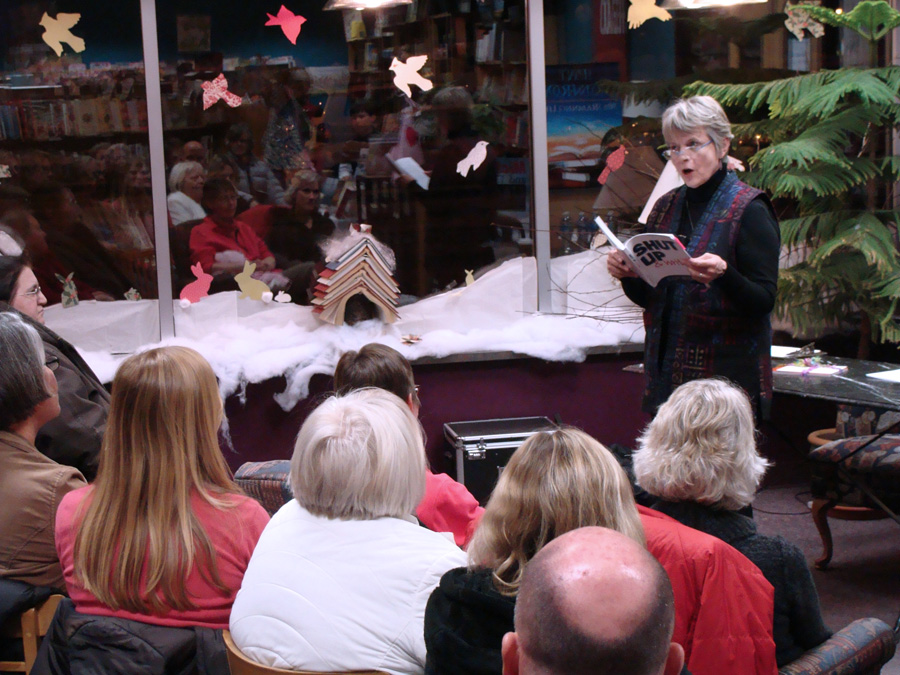

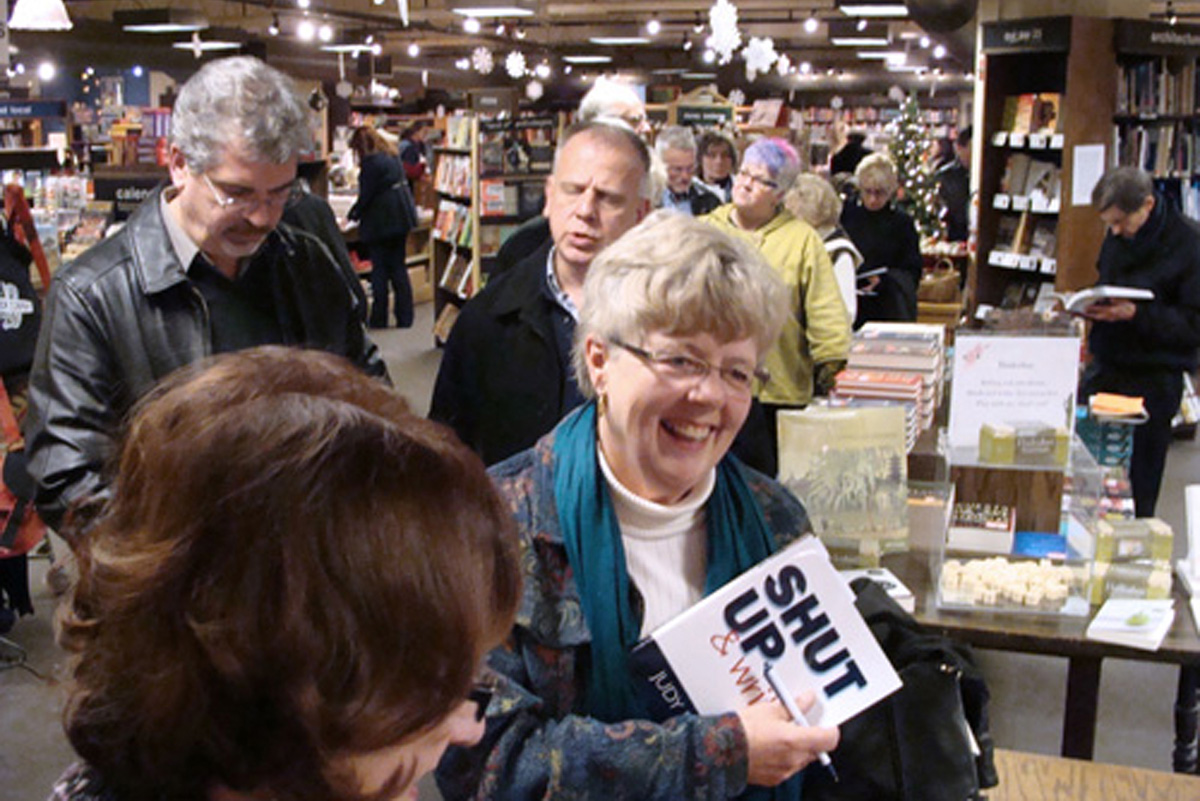


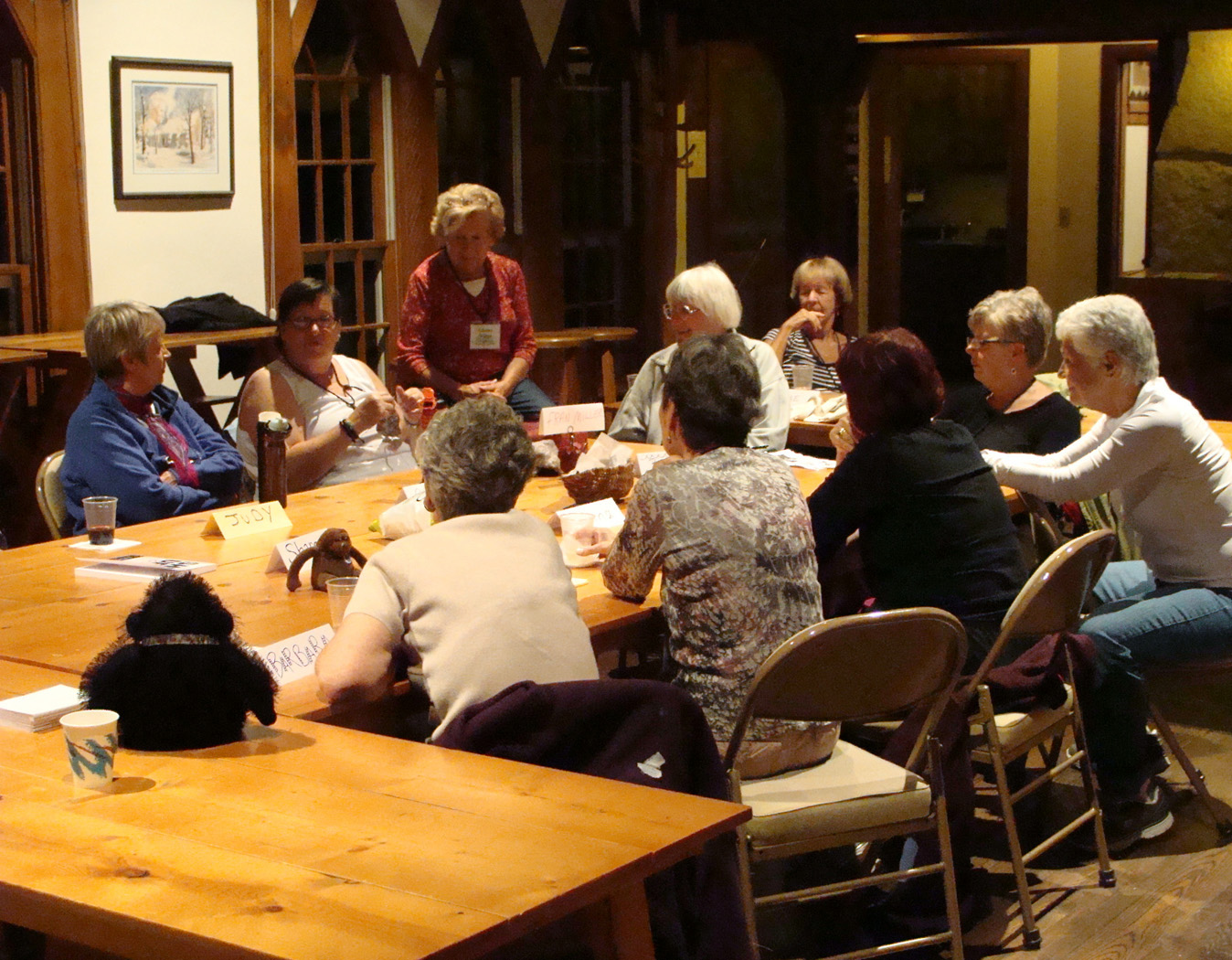
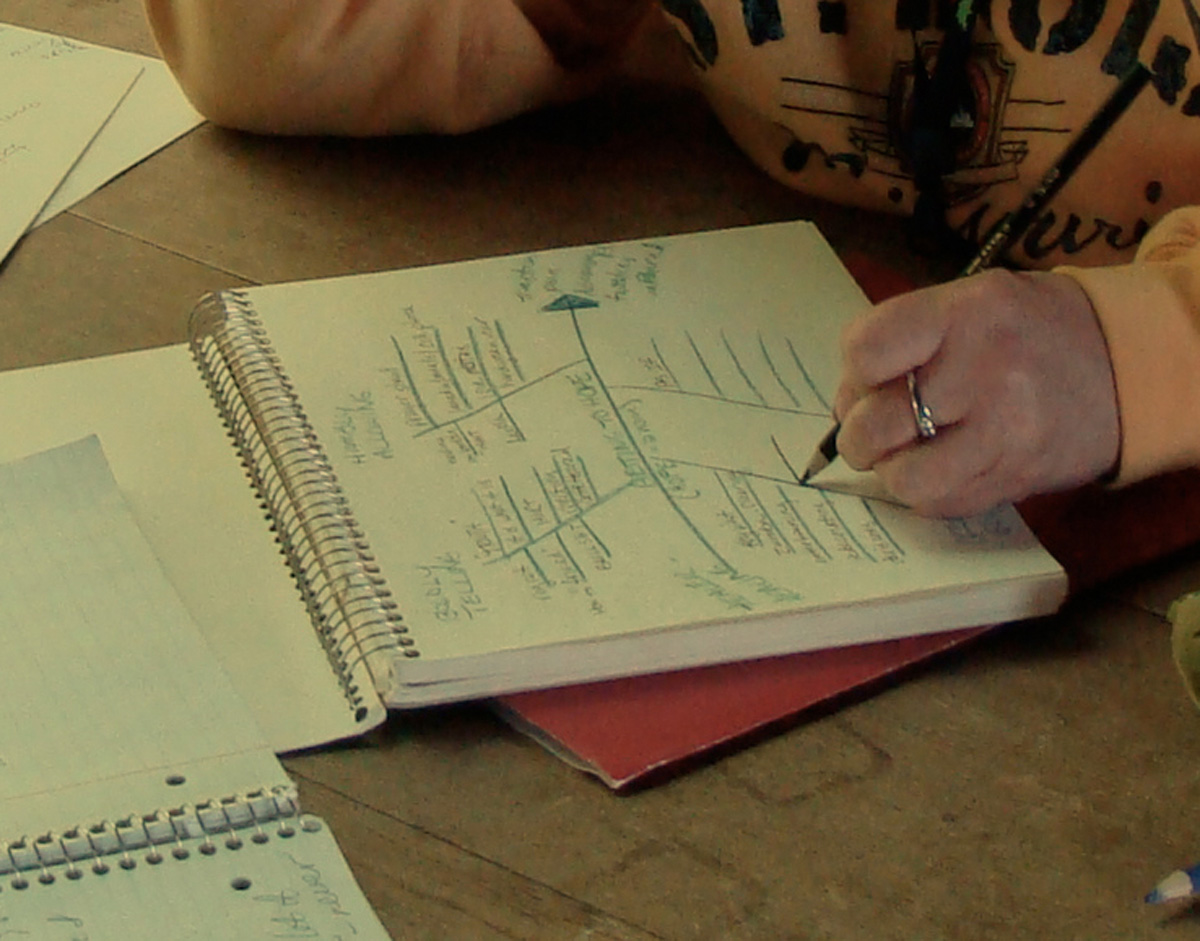
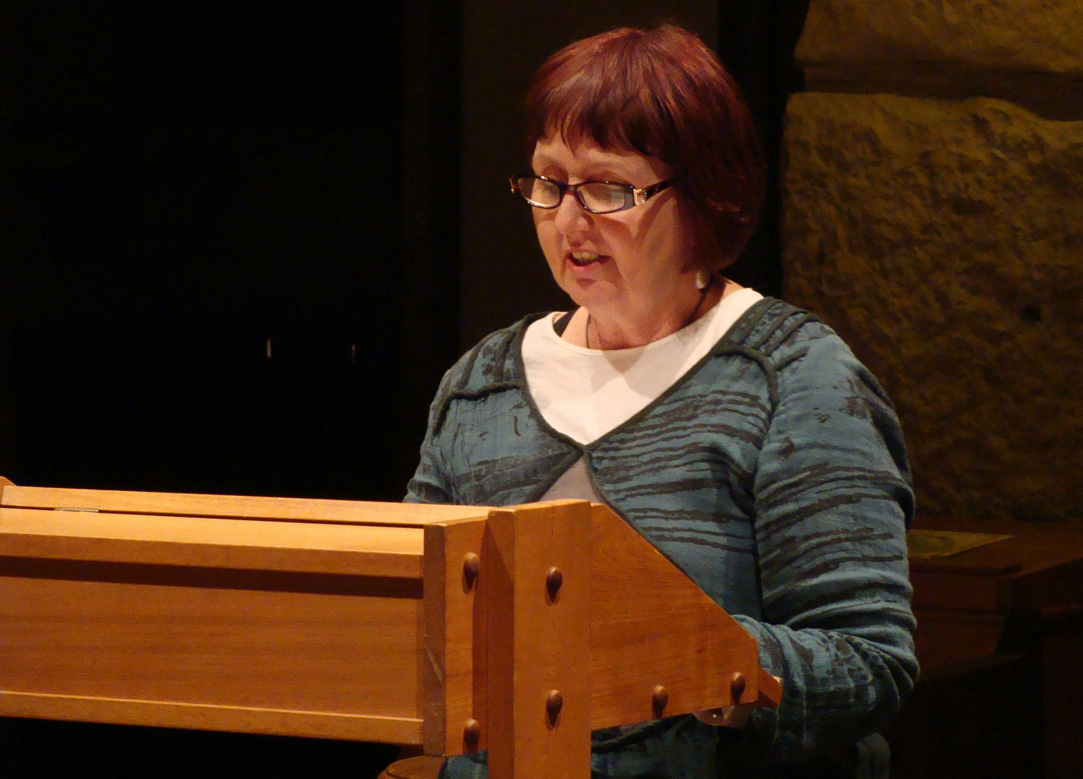
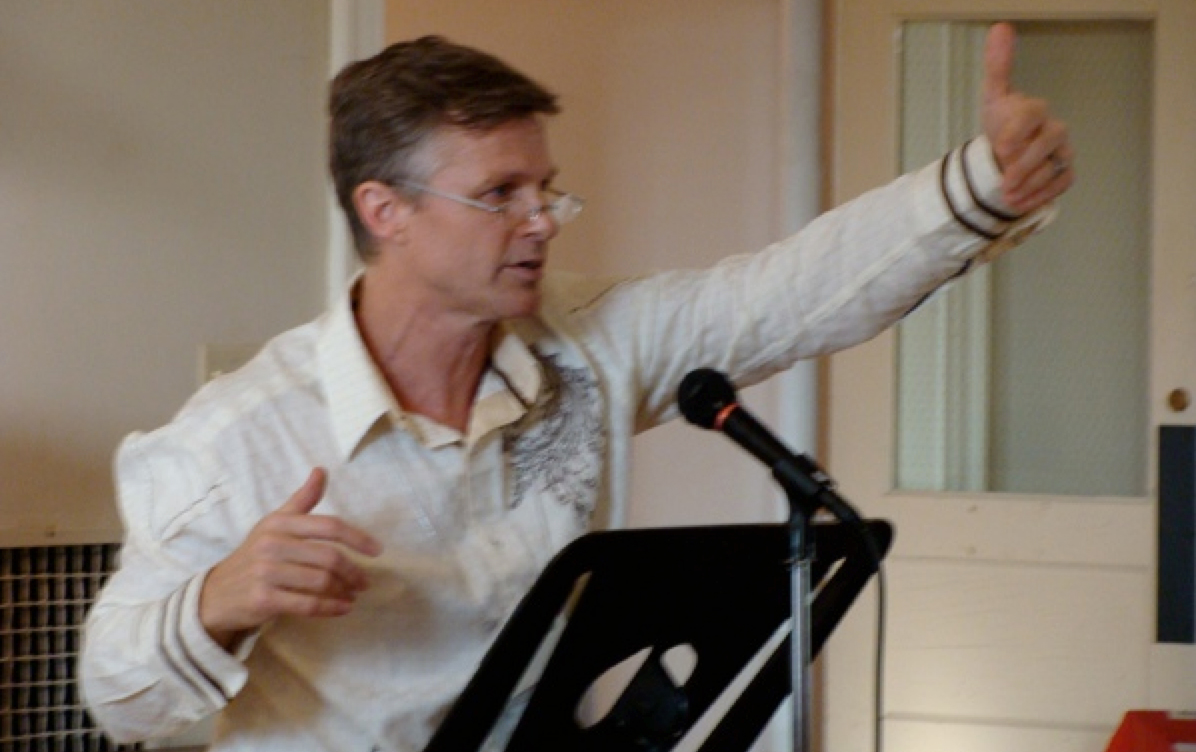

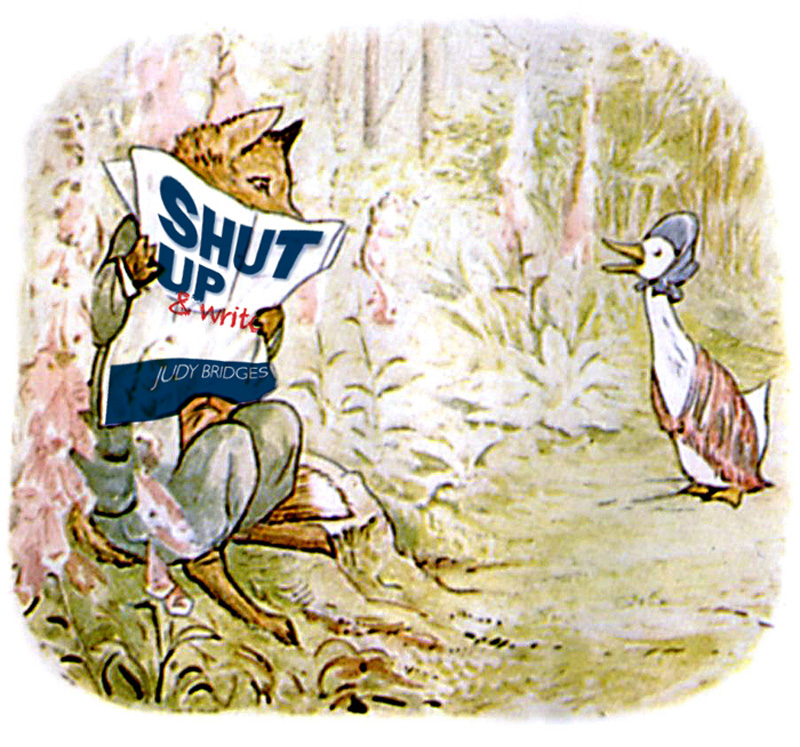


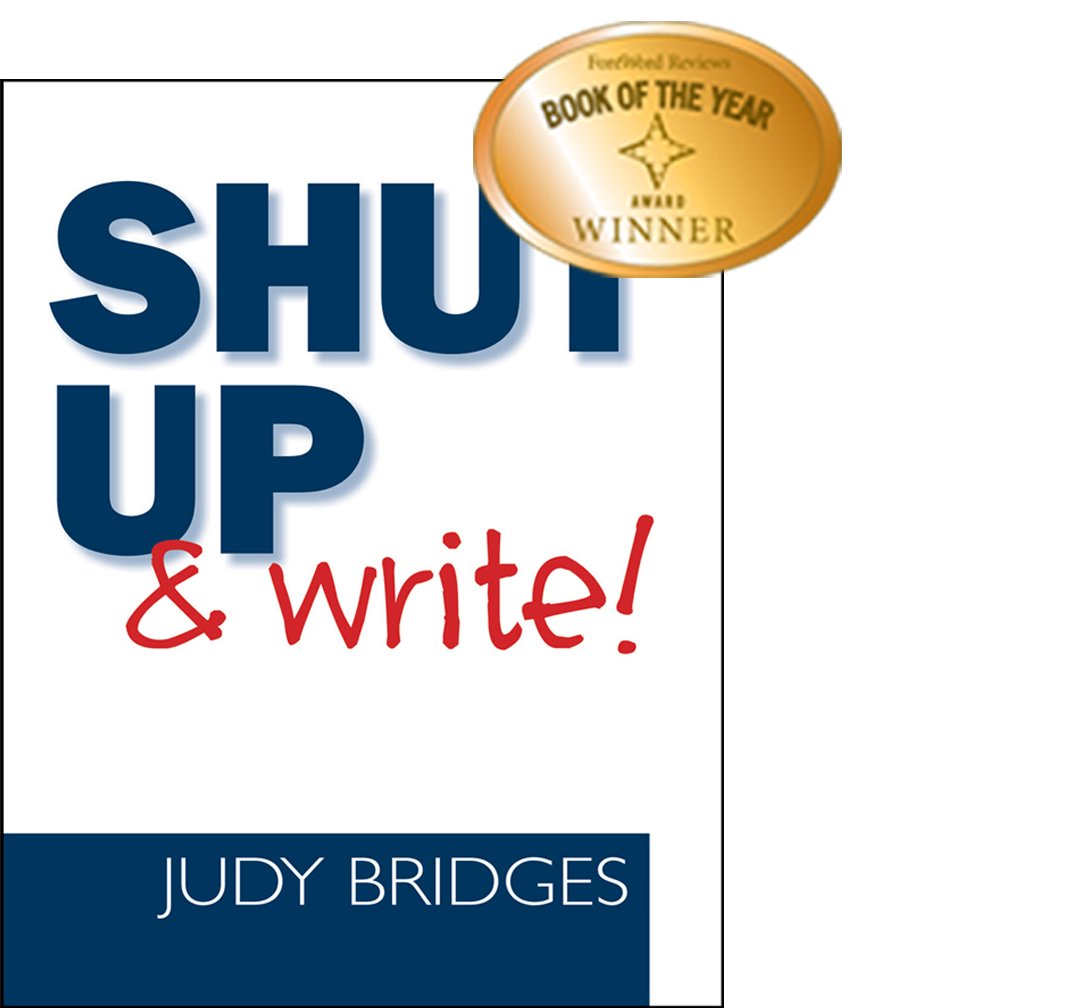
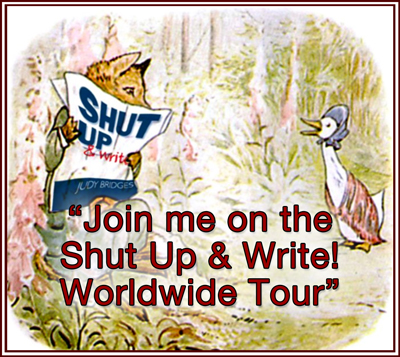
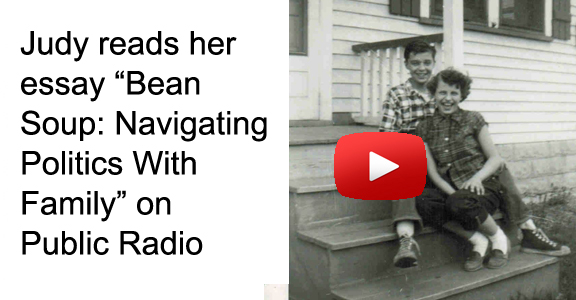
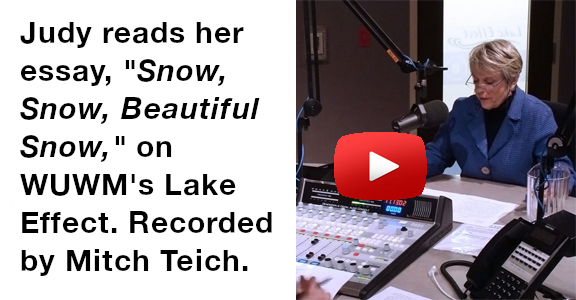

 Printable PDF
Printable PDF On Craft: Writing Scenes
On Craft: Writing Scenes